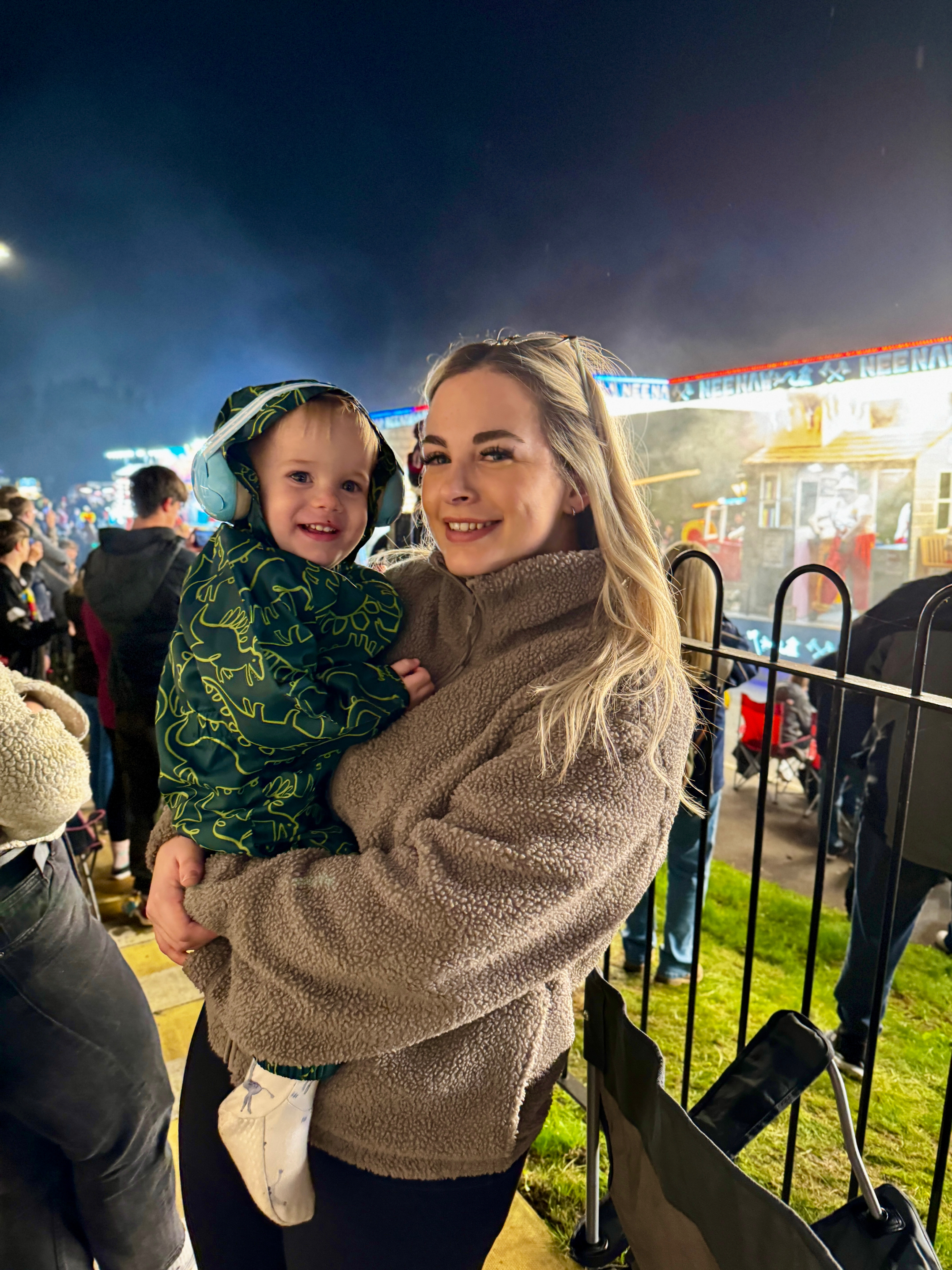Muscles & muscle contraction
Cards (15)
- What are the three types of muscles in the human body?
- What is the definition of a muscle?
- What are the elements, functions, and locations of the three muscle types?
- What is the anatomy of skeletal muscle from muscle to myofibrils?
- What are the two types of myofilaments in skeletal muscle?
- What are the zones of a sarcomere?
- What is the sliding filament theory of muscle contraction?
- What triggers the opening of calcium ion channels in muscle contraction?
- What happens when calcium ions diffuse into the sarcoplasm?
- What is the role of ATP in muscle contraction?
- What happens to myosin heads during muscle contraction?
- What is the result of myosin heads detaching from actin?
- What occurs when calcium ions are released during muscle contraction?
- How does the sarcomere change during muscle contraction?
- What are the steps involved in muscle contraction?
See similar decks
Muscle contraction
sport > Muscles2 cardsMuscle Contraction
bio > Skeletal Muscles10 cardsmuscle contraction
A-Level AQA BIOLOGY > 𝙔𝙀𝘼𝙍 𝟮 > Muscles > muscle contraction mechanics2 cardsMuscle contraction
Bio topic 7-8 > Run for your life (7) > Muscles5 cardsMECHANISM for MUSCLE CONTRACTION
A-Level AQA BIOLOGY > 𝙔𝙀𝘼𝙍 𝟮 > Muscles > muscle contraction mechanics8 cardsMuscle contraction
Muscles145 cardsMuscle Contraction
Biology > Biology Paper 2 > Organisms respond to changes in environments > Skeletal Muscles > Muscles10 cardsRETURN to RESTING STATE
A-Level AQA BIOLOGY > 𝙔𝙀𝘼𝙍 𝟮 > Muscles > muscle contraction mechanics3 cards7.1.2 Mechanism of Muscle Contraction
Edexcel A-Level Biology > Topic 7: Run for Your Life > 7.1 Musculoskeletal System65 cards1.1.9 Muscle contraction types
AQA GCSE Physical Education > 1. Applied anatomy and physiology > 1.1 The structure and functions of the musculoskeletal system99 cards1.1.9 Muscle contraction types
GCSE Physical Education > 1. Applied anatomy and physiology > 1.1 The structure and functions of the musculoskeletal system32 cards7.1.4 Energy Supply for Muscle Contraction
Edexcel A-Level Biology > Topic 7: Run for Your Life > 7.1 Musculoskeletal System34 cards6.3.2 Mechanism of Muscle Contraction
AQA A-Level Biology > 6. Organisms Respond to Changes in Their Internal and External Environments > 6.3 Skeletal Muscles56 cards7.1.2 Mechanism of Muscle Contraction
Edexcel A-Level Biology > Topic 7: Run for Your Life > 7.1 Musculoskeletal System64 cards7.1.4 Energy Supply for Muscle Contraction
Edexcel A-Level Biology > Topic 7: Run for Your Life > 7.1 Musculoskeletal System34 cards6.3 Skeletal Muscles
AQA A-Level Biology > 6. Organisms Respond to Changes in Their Internal and External Environments111 cards1.1.8 Antagonistic muscle pairs
AQA GCSE Physical Education > 1. Applied anatomy and physiology > 1.1 The structure and functions of the musculoskeletal system22 cards1.1.7 Major muscles in the human body
AQA GCSE Physical Education > 1. Applied anatomy and physiology > 1.1 The structure and functions of the musculoskeletal system48 cards6.3.1 Structure of Skeletal Muscle
AQA A-Level Biology > 6. Organisms Respond to Changes in Their Internal and External Environments > 6.3 Skeletal Muscles55 cards7.1.3 Types of Muscle Fibers
Edexcel A-Level Biology > Topic 7: Run for Your Life > 7.1 Musculoskeletal System95 cards1.1.8 Antagonistic muscle pairs
GCSE Physical Education > 1. Applied anatomy and physiology > 1.1 The structure and functions of the musculoskeletal system29 cards
